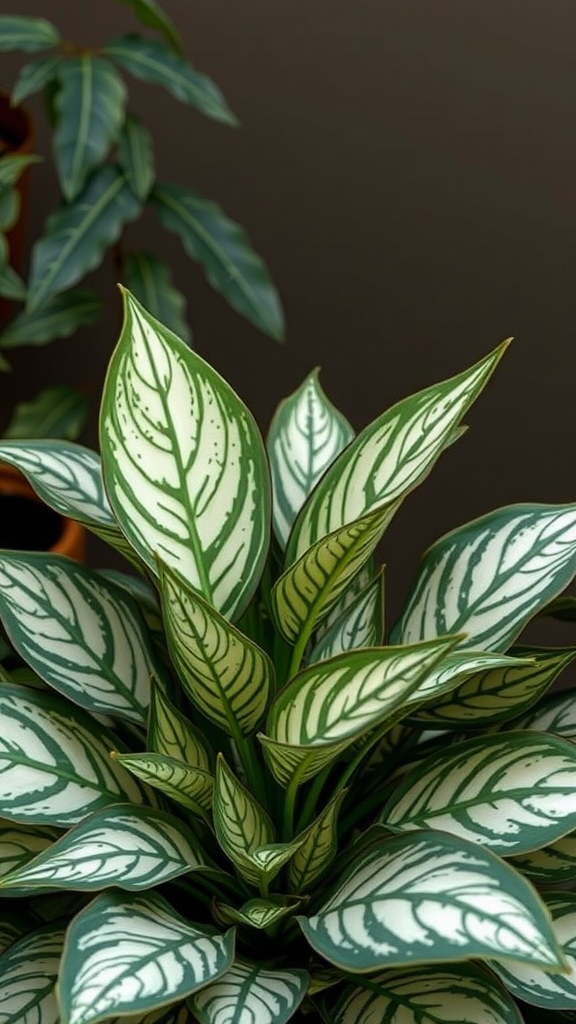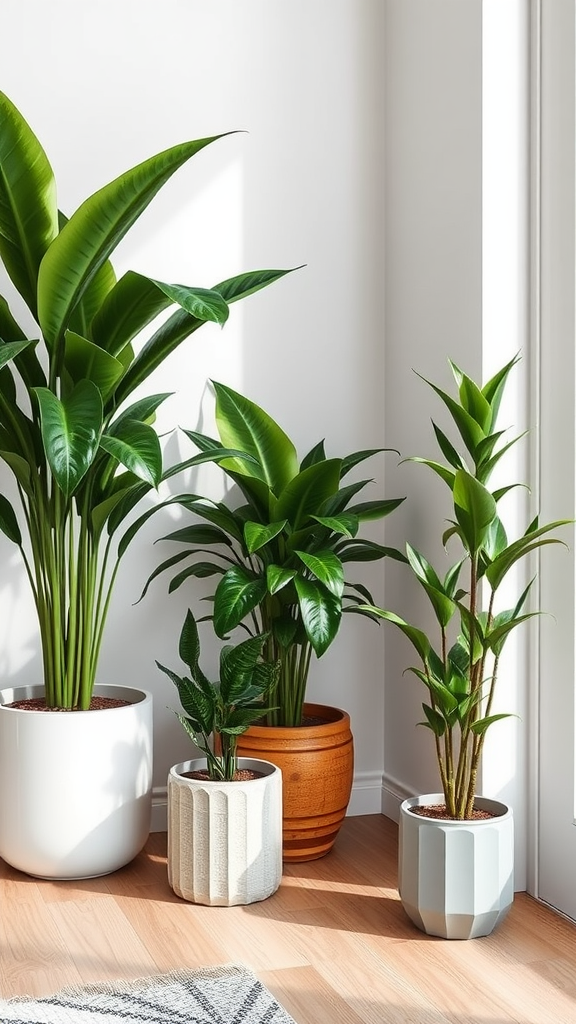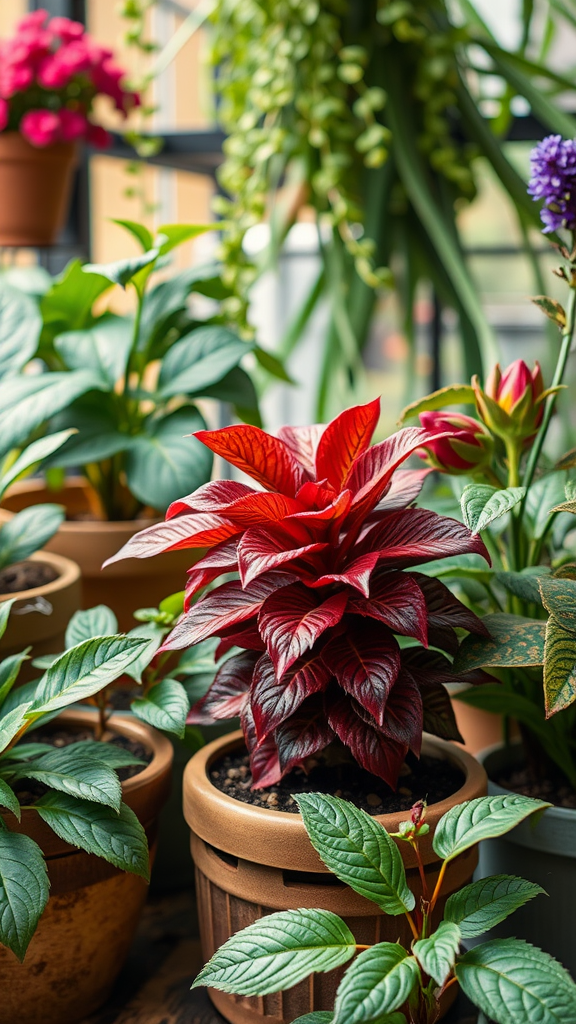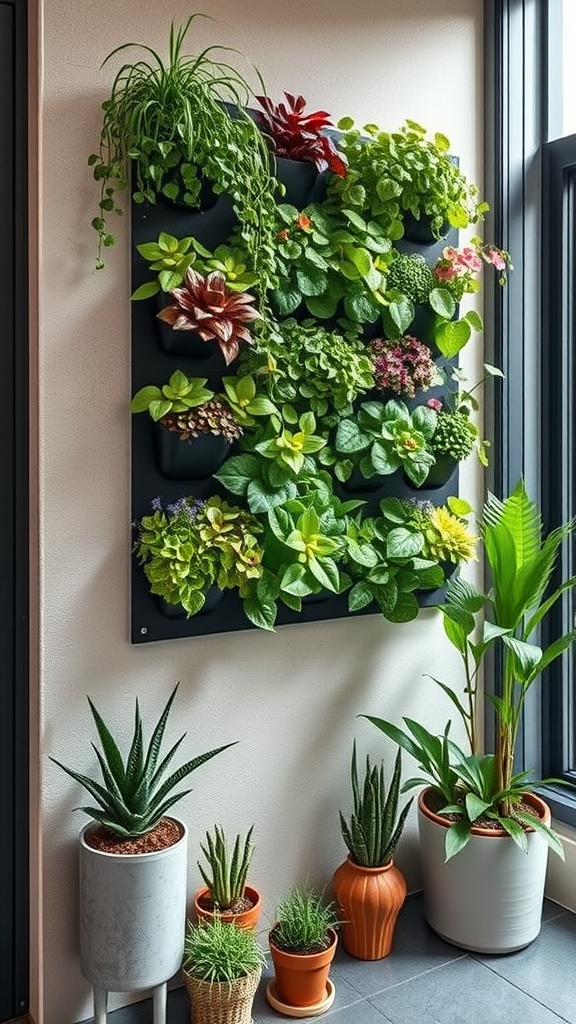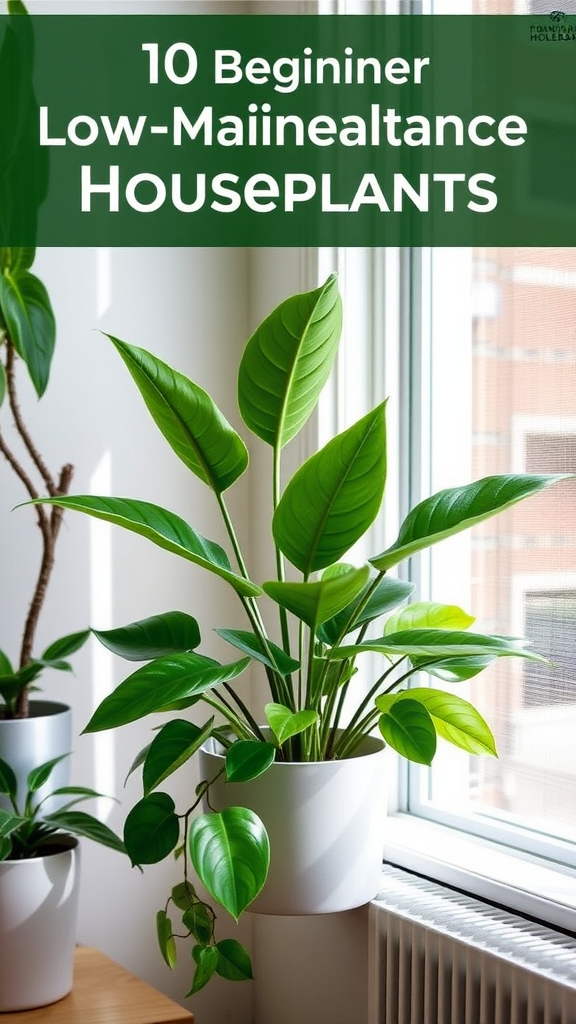Exploring the Beauty of 7 Variegated Plants That Are Stunning and Unique
There’s something truly enchanting about variegated plants. Their unique patterns and colors set them apart in any garden or indoor space. If you’re looking to add a touch of the extraordinary to your plant collection, here are seven stunning variegated plants that are not only beautiful but also unique.
1. Variegated Snake Plant (Sansevieria trifasciata ‘Laurentii’)
The Variegated Snake Plant is perfect for beginners. Its tall, upright leaves have a striking yellow border, contrasting beautifully with dark green centers. This hardy plant thrives in low light and requires minimal water. It’s both stylish and low-maintenance, making it ideal for homes and offices alike.
2. Variegated Monstera (Monstera deliciosa ‘Albo Variegata’)
If you’re a fan of tropical vibes, look no further than the Variegated Monstera. This plant features large, fenestrated leaves with stunning white marbling. Each leaf is truly one of a kind, creating a sense of excitement in your home. Keep it in bright, indirect light for the best color and growth.
3. Variegated Pothos (Epipremnum aureum ‘Marble Queen’)
Pothos plants are known for their hardiness, and the Variegated Pothos is no exception. Marble Queen Pothos has beautiful, heart-shaped leaves that are splattered with creamy white and pale green hues. They thrive in a range of light conditions and make an excellent trailing plant, perfect for hanging baskets or shelves.
4. Variegated ZZ Plant (Zamioculcas zamiifolia ‘Variegata’)
The Variegated ZZ Plant is truly a showstopper with its glossy, variegated leaves. This plant grows slowly but can reach impressive heights, making it a perfect statement piece. ZZ Plants are incredibly resilient and can survive in low light and with little water, making them perfect for busy plant owners.
5. Variegated Cuban Oregano (Plectranthus amboinicus)
Cuban Oregano offers more than just a pop of color; it’s also an aromatic herb you can use in the kitchen. Its rounded leaves display an amazing contrast of green and cream, which adds interest to your herb garden. This plant prefers warm climates but can thrive indoors as long as it receives adequate sunlight.
6. Variegated Rubber Plant (Ficus elastica ‘Variegata’)
The Variegated Rubber Plant is an evergreen plant cherished for its large, glossy leaves that have creamy white edges. This plant can grow tall, making it a fabulous addition to any living room or office space. It prefers bright, indirect light and regular watering to maintain its vibrant coloration.
7. Variegated Japanese Sago Palm (Cycas revoluta ‘Variegata’)
The Variegated Japanese Sago Palm exudes a tropical flair with its uniquely divided, green and cream-leafed fronds. It has a slow growth rate but can thrive for decades, making it a long-term centerpiece for your outdoor or indoor garden. Sago Palms prefer bright light and infrequent watering, allowing them to develop their striking colors.
These seven variegated plants into your collection will not only beautify your space but also provide a talking point for guests. These plants showcase the diversity and artistry of nature, with each one offering its unique charm. Plus, many of them are easy to care for, making them great for both novice and seasoned plant enthusiasts.
When choosing which variegated plants to grow, consider your home’s light conditions and your gardening skills. Variegated plants can brighten any area, adding texture and interest to both indoor and outdoor spaces. So go ahead, explore the beauty of these stunning and unique plants, and watch your garden come to life!
Tips for Caring for Variegated Plants in Your Home Garden
Variegated plants are a stunning addition to any home garden. With their unique patterns and captivating colors, they can truly enhance the aesthetic of your space. Caring for these plants can be a bit different than standard greenery, so here are some essential tips to keep your variegated plants thriving.
Understanding Light Requirements
One key factor in caring for variegated plants is understanding their light needs. Most variegated plants thrive in bright, indirect sunlight. Too much direct sun can scorch the colorful leaves, while too little light will cause the variegation to fade. Here are some tips:
- Place your variegated plants near windows with filtered light.
- Rotate your plants every few weeks to ensure even growth.
- Watch for signs of too much sun or not enough, such as yellowing leaves.
Watering Wisely
Watering is another critical aspect of plant care. Variegated plants generally prefer to be kept slightly moist but not soggy. Overwatering can lead to root rot, while underwatering can cause stress. Here’s how to get it just right:
- Check the top inch of soil; if it’s dry, it’s time to water.
- Water thoroughly until excess drains out of the pot.
- Reduce watering in winter, as many plants enter dormancy.
Soil and Pot Selection
The right soil mix is essential for the health of your variegated plants. They typically thrive in well-draining soil. Consider these points:
- Use a mix tailored for potted plants, ensuring good aeration.
- Add perlite or sand to improve drainage if necessary.
- Choose pots with drainage holes to prevent water accumulation.
Humidity Levels
Variegated plants often appreciate higher humidity levels than standard houseplants. Here’s how to create a comfortable environment:
- Group your plants together to increase humidity through transpiration.
- Use a humidifier in dry rooms, particularly during winter months.
- Place a tray of water with pebbles under the pot to boost humidity around the plant.
Fertilizing for Healthy Growth
A balanced fertilizer can help support the growth of your variegated plants. Look for a formula that is high in micronutrients and tailored for houseplants. Consider these guidelines:
- Fertilize every 4-6 weeks during the growing season (spring and summer).
- Reduce feeding in the fall and winter when the plants are dormant.
- Follow the package instructions to avoid over-fertilizing, which can harm your plants.
Keeping an Eye on Pests
Like all plants, variegated varieties can attract pests. Regular inspection can help catch issues early. Here’s what to do:
- Examine your plants for signs of pests such as spider mites or aphids.
- If you notice any pests, treat them with insecticidal soap or neem oil.
- Keep your plants clean by wiping the leaves with a damp cloth to remove dust and potential infestations.
Pruning and Maintenance
Regular maintenance, including pruning, is necessary for the health of your plants. Pruning encourages bushy growth and improves air circulation. Here’s how to do it:
- Remove any dead or damaged leaves to promote new growth.
- Trim back leggy growth to maintain the plant’s shape.
- Sanitize your pruning shears to prevent the spread of disease.
By following these tips, you can ensure that your variegated plants not only survive but thrive in your home garden. With a little care, these unique plants will bring vibrant beauty to your living space.
Conclusion
As you dive into the enchanting world of variegated plants, it’s clear that these striking specimens can dramatically elevate the aesthetics of your home garden. The seven stunning variegated plants we’ve explored bring a unique blend of colors and patterns that can captivate any plant enthusiast. Whether you’re leaning toward the bold contrast of a Variegated Snake Plant or the delicate hues of a Variegated Hoya, each selection holds its charm and appeal.
Caring for these beauties doesn’t have to be overwhelming. With a little understanding of their specific needs, such as light exposure, water requirements, and humidity levels, you can create an inviting environment for them to thrive. Regular monitoring for pests and providing occasional fertilizer can also enhance their growth, making sure you enjoy their vivid colors for years to come.
Variegated plants into your indoor or outdoor spaces not only adds visual interest but can also improve your mood and air quality. So, whether you’re a seasoned gardener or just starting out, consider bringing home these unique plants to add character and life to your surroundings. As you cultivate your collection, remember that each plant’s distinct beauty tells a story, inviting you to enjoy the breathtaking journey of gardening. Transform your space with these vibrant treasures and let them inspire your creative green thumb!

